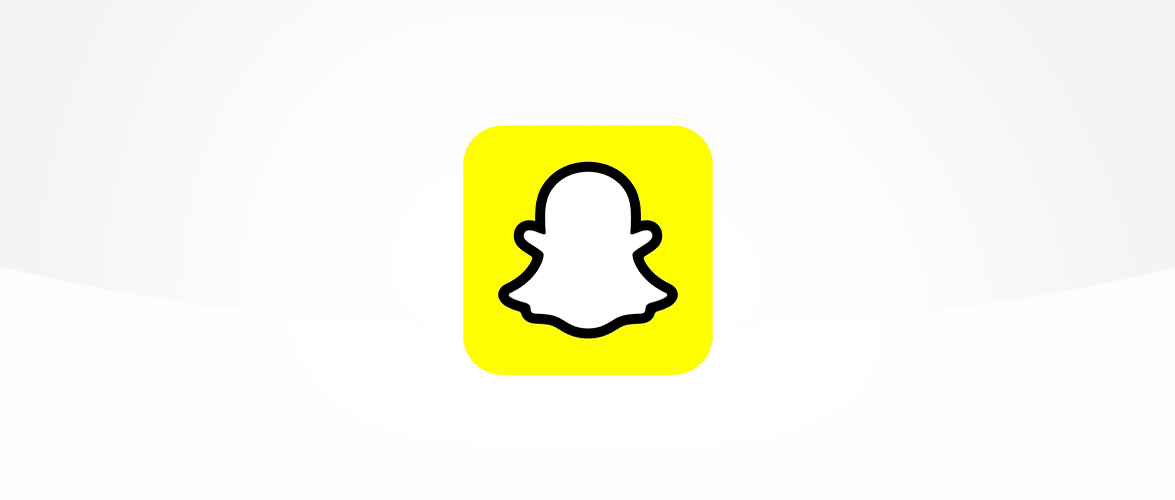Everything parents need to know about Snapchat
Originally launched in 2011, Snapchat has evolved into more than simply a photo messaging app. Although it still uses its signature time-sensitive messages, it’s grown to include many more features.
So what are these new features, and how can children use the app safely? Here's everything you need to know.
![]()
What is Snapchat?
Snapchat is a popular photo-messaging app that allows users to take photos, record videos, add drawings and send them to their friends. A message on Snapchat only appears for a few seconds, but once you click away or the time limit expires, it disappears from the chat – although it may still be saved by the recipient.
Snapchat has a number of different features. These include ‘Stories’, which disappear after 24 hours; ‘Memories’, which act as a kind of personal archive; ‘Snap Map’, which shares your location with friends; ‘streaks’, which are built by exchanging Snaps for consecutive days; and a wide range of filters and lenses.
There is also a ‘Live Story’ feature, where users in the same location contribute to a shared story. This is only available when geo-location is enabled.
Why is it so popular?
As of 2024, Snapchat has over 406 million daily active users, with young people particularly prominent among its user base. Its popularity among teenagers can be explained by its fun, visual nature and the immediacy it offers in interactions between young people.
What do parents need to be aware of?
Age restrictions
Snapchat states that young people under the age of 13 years are not able to create an account. However, there is no strict age verification in place when signing up to the app, meaning children can sign up by giving a false date of birth.
Privacy settings
By default, only ‘Friends’ can make direct contact or view a user’s Story. However, users can change their profile to ‘public’, which means that anyone can view their stories and Snapchat users they haven’t added will be able to send them images and messages.
In August 2022, Snapchat introduced their 'Family Center', an in-app tool that allows parents to see who their children have been speaking to and how frequently they communicate. The Family Center does not reveal the content of any messages.
Inappropriate content
Because of the disappearing nature of messages, Snapchat has sometimes been used for sharing inappropriate images. The momentary quality of Snaps can encourage impulsive behaviour, meaning young people might take and send content they later regret.
It’s important to remember that Snaps can be screen-shotted or recorded with another device – possibly against the wishes of the sender.
Like many other apps, strangers can attempt to contact young people directly. You can set the privacy settings so that messages and Snaps can only be received from friends.
Geolocation
Snap Map allows Snapchat ‘friends’ to see where your child is. Locations are fairly accurate, sometimes even revealing the street name.
Snap Map is switched off by default, but once enabled, there are four options:
Ghost Mode – no one can see your location
Friends – all current and future friends can see your location
Only These Friends – a custom list of users who can see your location
Friends, Except… – a list of friends who won’t be able to see your location
It’s advisable that location sharing is disabled entirely, or Ghost Mode is used for added privacy.
Artificial intelligence
In 2023, Snapchat introduced their AI chatbot 'My AI', which is now available to all users. Like other AI tools, it can answer questions, suggest activities or recipes, and even generate images based on text prompts.
While these features can be fun and creative, they’re not risk-free. My AI may provide inappropriate answers to certain prompts, and the image-generation features could be misused in harmful ways – such as for bullying.
If you're not comfortable with your child using My AI, it can be removed from the chat feed. Tap on ‘My AI’, select ‘Chat Settings’, and choose ‘Clear from Chat Feed’. Note that the feature may reappear or be re-added after app updates.
Reporting functions
Snapchat allows users to report any violations of its Community Guidelines directly through the app. If you're concerned about grooming, abuse or exploitation, you can also report issues through CEOP.
Listen to Parent Zone's podcast, Tech Shock.
Parental controls
Snapchat includes several tools that can help parents and carers support safe use of the app:
Family Center
Snapchat's Family Center is the platform’s main parental control feature. It lets parents or carers see who their teen is chatting with and how often – without being able to read the actual messages. To access Family Center, both parent and child must have Snapchat accounts, and the child must accept the parent’s request.
Privacy settings
Encourage your child to keep their account private:
Set Stories and messages to “Friends Only”
Disable Quick Add to prevent random users from adding them
Limit who can see their location using Ghost Mode or a restricted friends list
Smartphone tools
Many devices have their own parental controls that can help manage Snapchat use, including setting time limits, restricting app downloads, and blocking in-app purchases. On iPhones, this is done through Screen Time; on Android, via Family Link.
Conversations that build trust
While tools are helpful, one of the best safeguards is regular conversation. Talk with your child about how they use the app, what to do if they see something upsetting, and the importance of thinking before sharing.




 Previous Article
Previous Article 